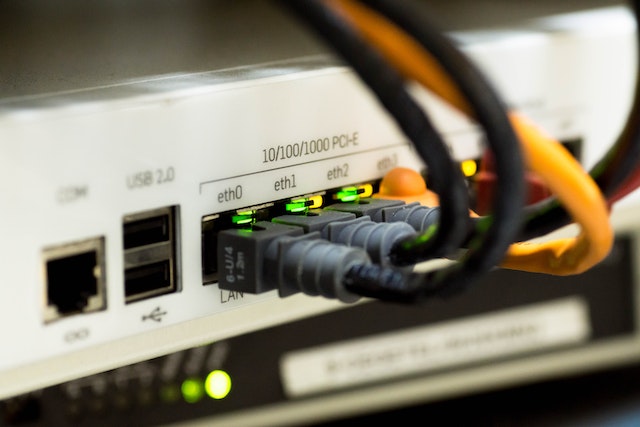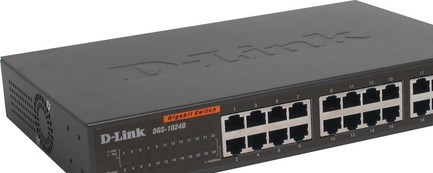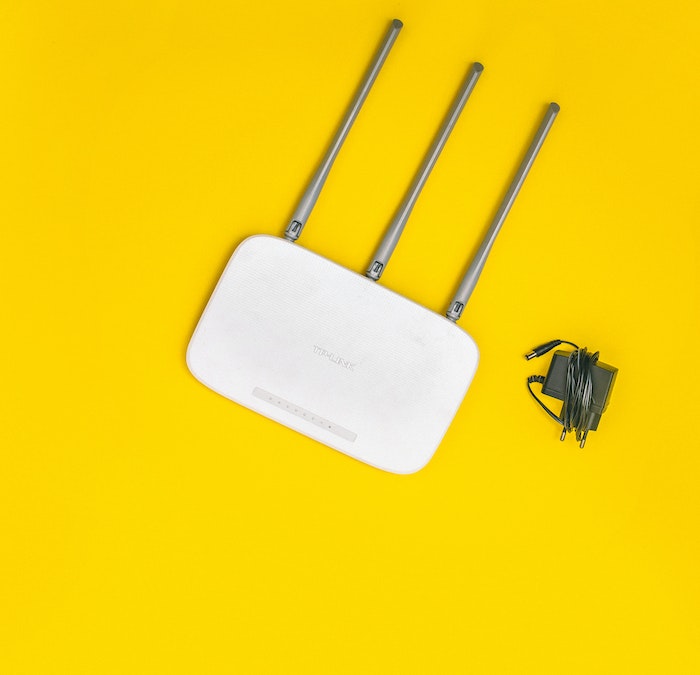Everything You Need to Know About Ethernet Hub
Ethernet hubs allow multiple devices to be connected and share information from one LAN device to another. Once receiving the information, the hub sends it out to all other connected devices, ensuring data transfer without failure.
When many PCs are connected to an Ethernet hub, its performance is affected.
An Ethernet hub is a networking device that connects multiple devices to a network, allowing them to communicate with each other. It works by receiving an incoming Ethernet signal from one device and then repeating it to all other connected devices, effectively allowing them to share the same network connection.
What Is an Ethernet Hub?
Ethernet hubs are devices that connect multiple devices to a network, allowing them to communicate with each other. They work by repeating the incoming signal to all connected devices, effectively creating a shared network segment. This allows devices on the network to share files, printers, and other resources.
An Ethernet hub is a networking device that allows multiple devices to connect to a network using Ethernet cables. It essentially acts as a central point where all the devices are connected and can communicate with each other.
An Ethernet hub is used to connect multiple devices to a network, allowing them to share and transfer data by receiving and forwarding it to other devices.
An Ethernet hub has multiple ports, which allows every segment of the local area network, or LAN, to see every data packet. When a packet is received by one port, it is also sent to and received by other ports, making it visible to all segments of the LAN.

When an Ethernet hub receives a packet, it broadcasts the packet to all connected devices, ensuring it reaches its intended destination without fail.
This data management method is efficient but creates a lot of network activity as each port is loaded with unnecessary data.
Types of Ethernet Hub and Its Uses
There are three types of Ethernet hubs: Intelligent, Active, and Passive, which differ in their functionality and power requirements.
- Active hubs amplify incoming data packets, acting as repeaters, and can also be configured as firewalls to monitor received data. They enable resynchronization of poor receiving signals, allowing rebroadcasting.
- Intelligent hubs have the same functionality as active hubs but also support remote management, allowing for monitoring and control of network devices from a central location.
- Passive hubs do not amplify or improve LAN performance like active and intelligent hubs, but instead set a maximum distance limit for incoming signals.
What Does an Ethernet Hub Do?
An Ethernet hub connects multiple LAN devices by sending information from one port to all other connected ports. Its sole function is to forward data to all connected devices.
One drawback of using an Ethernet hub is that it can deliver lower network response times in a large workplace, but this is not a significant issue for smaller offices or home use.
The ethernet hub's bandwidth is shared among all its ports, causing a significant performance issue when multiple PCs transmit data, resulting in a degradation of performance for each port.
Ethernet Hub vs. Ethernet Switch vs Ethernet Router: What Is the Difference?
An Ethernet hub allows multiple PCs to be connected to a single network, broadcasting data signals to all connected computers. Unlike a switch, an Ethernet hub doesn't require a MAC address, as it simply broadcasts the data signal to all connected devices.
An Ethernet switch transmits data to specific MAC addresses that share a single LAN, using a CAM table to differentiate and remember the MAC addresses.

Ethernet switches are more expensive than hubs and only support PCs, making them unsuitable for large corporations that also use servers. However, they do have a niche in the consumer market, where small offices with internet infrastructure needs can benefit from their use.
Ethernet routers play a vital role in our daily lives, enabling us to browse the internet seamlessly on our smartphones and PCs. Without a router, our online activity would be significantly limited.
A router receives the signal from your ISP and then sends it to wireless devices using antennas.

A router's signal reach and internet speed can be a disadvantage, especially when you're farther away from it. While you'll likely have a stable signal and fast internet speeds if you're close to the router, moving further away can result in a weakened signal and slower internet speeds.
The router's price can vary, with more expensive models offering advanced features, improved signal strength, and a wider range.
Final Words
An Ethernet hub is a simple and affordable device that transmits data signals from one PC to another, making it a great option for small offices or homes where multiple devices need to be connected. However, in a corporate environment, it may not be the best choice due to its limitations. In smaller settings, the Ethernet hub can efficiently send information across devices connected to it.
The Ethernet hub has two major downsides: it requires a lot of bandwidth and slows down when multiple PCs are connected, causing data signals to be relayed.
This article explained the differences between an Ethernet hub and an Ethernet switch, highlighting their functions, advantages, and disadvantages. It also discussed how hubs and switches are used in network configurations, including their roles in connecting devices and managing network traffic.
Related Articles
- OneDrive Backup vs. Sync: What Are the Differences
- WD Backup vs. Windows Backup - Which One to Choose
- An Overall View of Rosetta 2 Mac [Free Download]
- What Is Windows Registry and How to Use It [Update 2022]